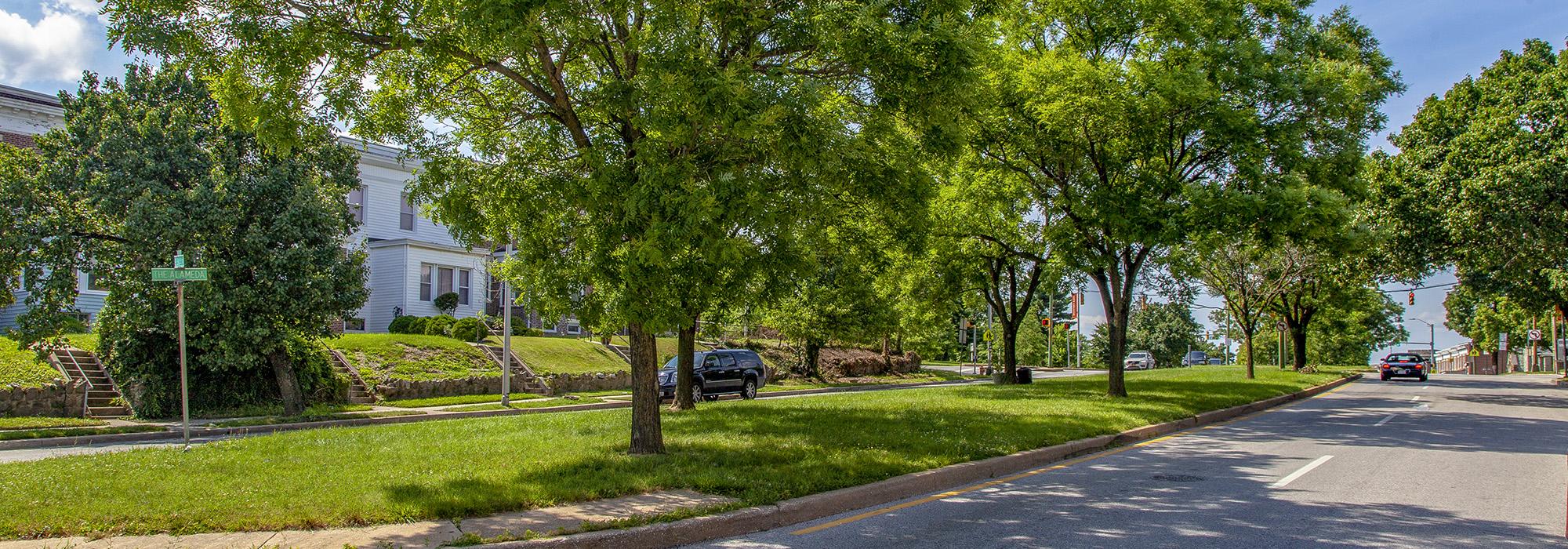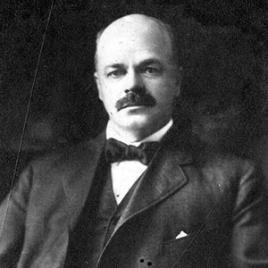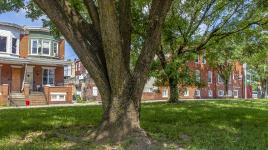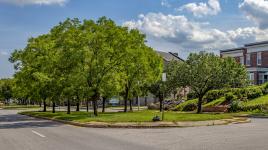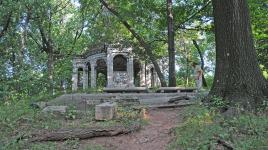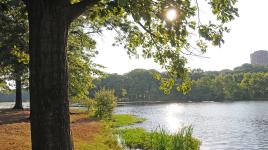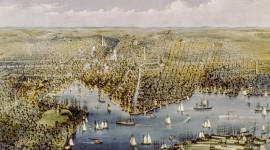Pioneer Information
Born in Reading, Massachusetts, the younger brother of celebrated landscape architect Warren Manning, the younger Manning’s introduction to landscape design began in early childhood at the nursery his father owned and operated. Manning left the nursery to study park engineering at the Massachusetts Institute of Technology. He then joined the Olmsted Brothers firm in Brookline, Massachusetts, where he worked as a landscape manager and exhibited an extensive knowledge of plants. Manning was initially tasked to oversee work at Florham, the estate of H. McKay Twambly in Madison, New Jersey (currently the campus of Farleigh Dickinson University), where the firm was engaged between 1890 and 1903. He then served as the Essex County superintendent for six years. Well versed in the methods and aesthetics of the Olmsted Brothers firm, Manning was a natural choice to lead the Essex County Park System, collaborating extensively with John Charles Olmsted on projects such as Branch Brook Park and Eastside, Westside, and Weequahic Parks. In 1906, with the recommendation of Frederick Law Olmsted, Jr., Manning was appointed general superintendent of parks in Baltimore, Maryland. There he continued to collaborate with Olmsted Brothers on several projects envisioned in the firm’s 1904 Plan for Baltimore, including 33rd Street Boulevard, The Alameda, and Gwynns Falls Parkway. Residing in a house in Druid Hill Park, he continued to serve as superintendent until 1917, when he was asked to resign amid allegations of financial improprieties. After his resignation, Manning married a fellow employee of the Parks Board and returned to live in Cambridge, Massachusetts. He died at the age of 64 and is buried at Laurel Hill Cemetery in Reading, Massachusetts.



